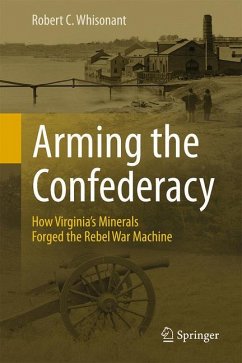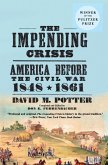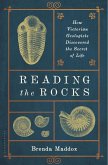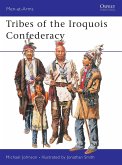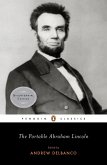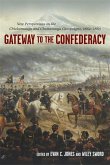This is a fresh look at the American Civil War from the standpoint of the natural resources necessary to keep the armies in the field. This story of the links between minerals, topography, and the war in western Virginia now comes to light in a way that enhances our understanding of America's greatest trial. Five mineral products - niter, lead, salt, iron, and coal - were absolutely essential to wage war in the 1860s. For the armies of the South, those resources were concentrated in the remote Appalachian highlands of southwestern Virginia. From the beginning of the war, the Union knew that the key to victory was the destruction or occupation of the mines, furnaces, and forges located there, as well as the railroad that moved the resources to where they were desperately needed. To achieve this, Federal forces repeatedly advanced into the treacherous mountainous terrain to fight some of the most savage battles of the War.
"This is a well-produced and well-priced book, and I would recommend it to anyone with an interest in the topic. It draws upon many useful sources and adds its own to the literature of the America Civil War-and of the application of military geology." (Geology Today, Vol. 32 (1), January-February, 2016)
"Provides much useful information about the role of the western part of the state in that divisive war 150 years ago." (George Kegley, The Roanoke Times, roanoke.com, June, 2015)
"Provides much useful information about the role of the western part of the state in that divisive war 150 years ago." (George Kegley, The Roanoke Times, roanoke.com, June, 2015)

